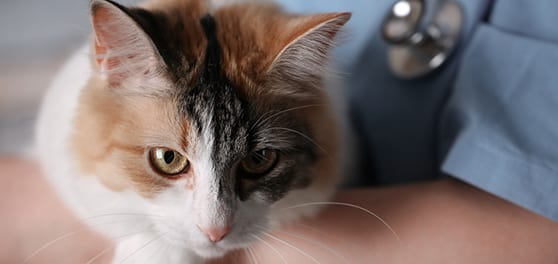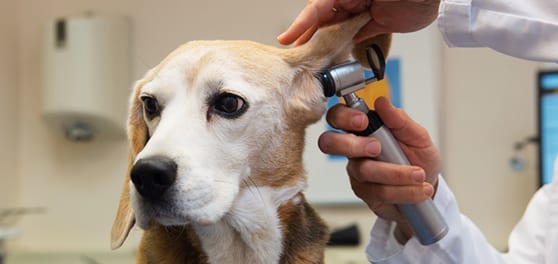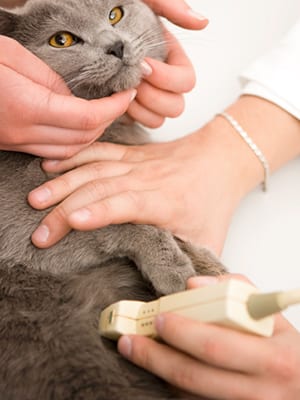


Advanced Pet Diagnostics in Milpitas, CA
Our pet diagnostic capabilities at Calaveras Veterinary Clinic are equal to the latest technology in veterinary medicine. We invest in the best equipment in order to better treat your pet as well as provide you with detailed information about their condition and treatment. With more diagnostic capabilities comes a greater level of compassion and more understanding so we can give your pet the care they need for a faster, more efficient recovery.
In-House Laboratory at Calaveras Veterinary Clinic
One of the most useful tools we have in veterinary medicine is an in-house laboratory with which we can run almost any test and have results in a matter of minutes. Commonly, we use our lab for pre-anesthetic blood work to ensure your pet is healthy enough to undergo an anesthetic procedure. Yet, our in-house lab has the capability to do a lot more.
Tests we can perform include:
- Complete blood count (CBC)
- Blood chemistry panel
- Electrolyte levels
- Fecal exams
- Urinalysis
- Skin scrapings
- Biopsies
- And more!


Why Might My Pet Need Lab Work?
Each of the tests listed above gives us specific information about your pet’s health. Some, such as CBCs, blood chemistry panels, and fecal exams we do on a regular basis to screen for diseases as well as internal parasites. Others such as urinalysis or skin scrapings we do in order to assess an abnormality, namely, the function of the kidneys and bladder with a urinalysis and the condition of certain skin cells with a skin scraping. In brief, lab work is useful whenever we discover abnormalities that we cannot easily explain away with a physical exam.
Diagnostic Imaging in Veterinary Medicine
Imaging in veterinary medicine includes radiology and ultrasonography. At Calaveras Veterinary Clinic we have both digital X-rays and ultrasound available. Our skilled team operates our digital X-ray. However, ultrasound requires a special expertise, so we work with a specialist who comes on call and can perform ultrasounds as well as echocardiograms, which refer specifically to ultrasounds of the heart.
Why Might My Pet Need Imaging?
We use imaging technologies to get a glimpse of your pet’s inner workings. While X-ray produces a still, detailed image of your pet’s internal structures, an ultrasound uses ultrasonic sound waves to create a live image of your pet’s organs and abdominal cavity. Both have extensive uses in the veterinary industry and serve slightly different purposes; however, they are often used in conjunction with one another to get a full and complete picture of a problem area.
Digital X-rays are used primarily for:
- Assessing fractures and broken bones
- Analyzing joint problems
- Locating an ingested foreign object
- Identifying organ disease
- …and more.
Ultrasound is used primarily for:
- Evaluating a pregnant female’s unborn litter
- Assessing organ function
- Locating an ingested foreign object
- Identifying organ disease
- Taking biopsies
- …and more.
Interested in learning more about our diagnostic imaging and lab capabilities? Contact us today!
